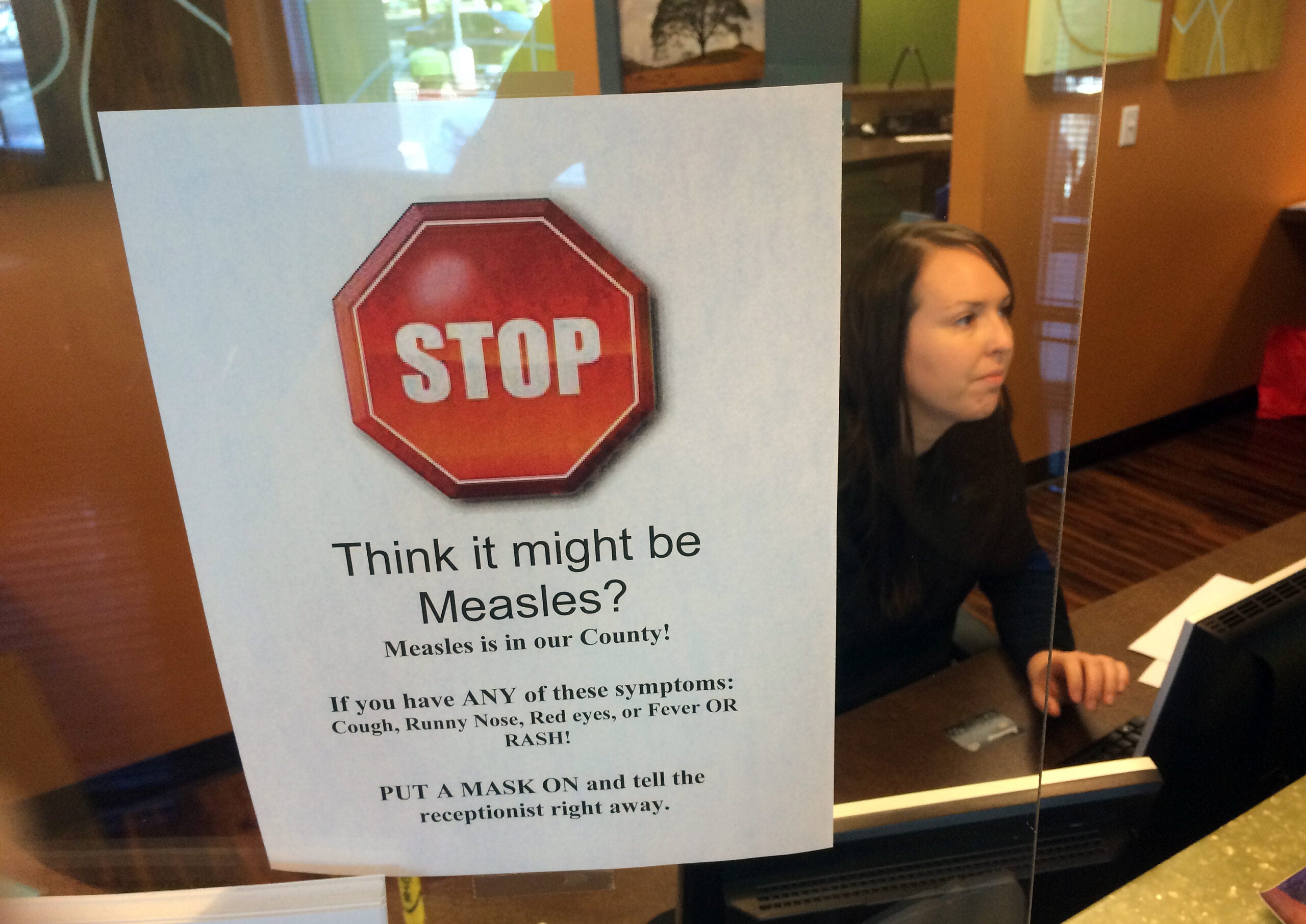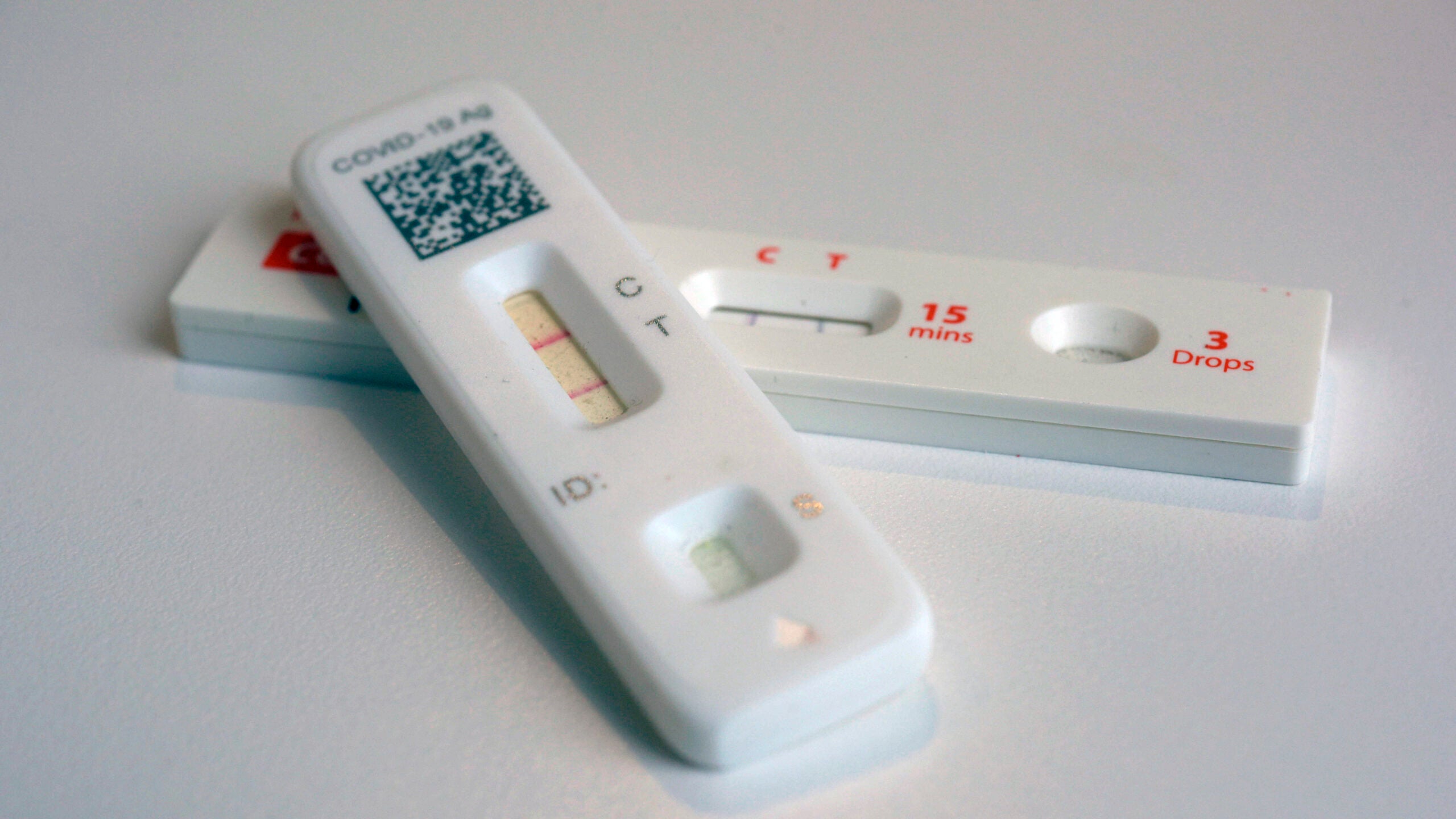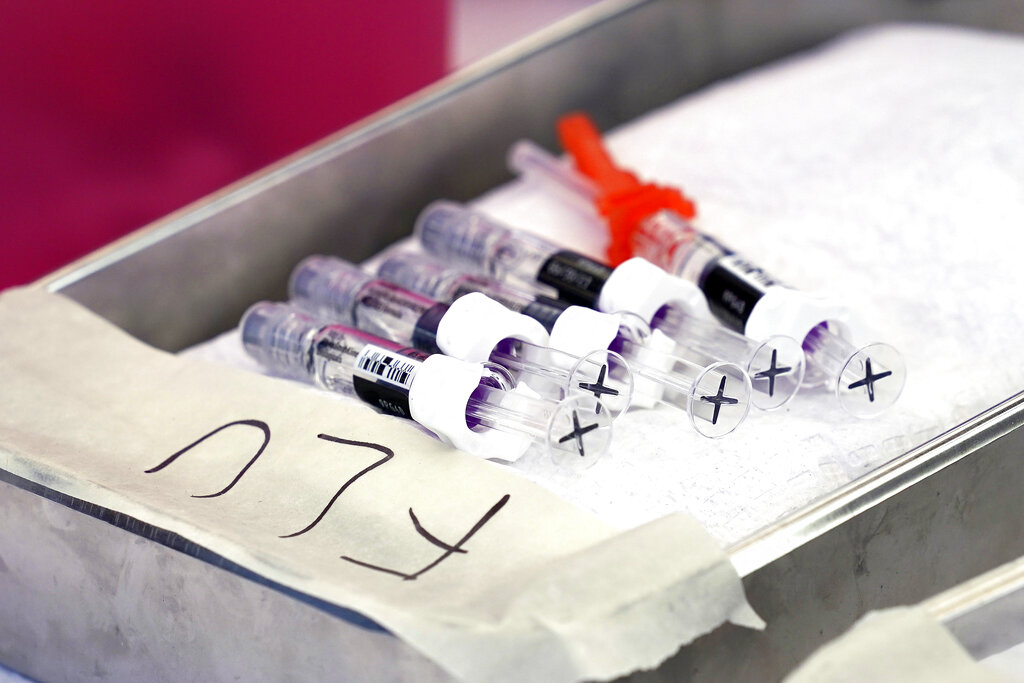New reports of COVID-19 cases are on the rise after new daily positive cases have remained below 900 for a week in Wisconsin, based on the latest data published by the state’s Department of Health Services.
DHS reported 989 new cases of the virus on Friday, bringing the average for the past seven days to 833 daily cases. A week ago, the average number of positive cases was 860.
Stay informed on the latest news
Sign up for WPR’s email newsletter.
Daily new cases have been rising since Monday, when the number of new positive cases was 404.
The latest figures bring the overall total of positive cases in Wisconsin to 58,768, according to the DHS. A total of 990 people in Wisconsin have died from COVID-19, with 12 new deaths reported on Friday.
According to DHS, 7 percent of all test results reported on Friday were positive for COVID-19, bringing the average percentage of positive tests over the past seven days to 6.2 percent. The seven-day average a week ago was 6.8 percent.
The percentage of positive cases is often read by public health officials as a measure of overall testing levels. A high rate could indicate that testing in the state is limited, and skewed toward those already flagged as potentially having the virus. A lower rate could indicate testing is more widespread.
Changes in the test positivity rate can also speak to a virus’ spread, if the size and makeup of the testing pool stays consistent.
Wisconsin’s daily testing capacity — based on the availability of test supplies and adequate staffing — has grown from 120 available lab tests in early March to 24,156 as of Friday. The number of actual people with test results reported on Friday was 14,086.
Overall, DHS has recorded a total of 1,033,716 people’s test results over the course of the pandemic. 974,948 have tested negative.
COVID-19 activity varies heavily from county to county. The latest coronavirus activity data from DHS, released once per week each Wednesday, showed that 66 counties had a “high level” of coronavirus activity. Activity level designations are based on “burden,” or the number of new cases per a county’s population over a 14-day period, as well as whether there’s an upward or downward trend in new cases.
On Wednesday, counties with the highest case rates per capita included Iron, Barron and Burnett. The counties with the most significant upward trends included Iowa, Green and Washburn.
There have been confirmed cases in all 72 of Wisconsin’s counties, and based on the data released Wednesday, every county had a case over the previous two-week period.
___________________________
DHS still has a dashboard showing Wisconsin’s progress on gating criteria under the now-defunct Badger Bounce Back Plan. Those gating criteria would have been used to determine when it would be safe to begin reopening the state, prior to the state Supreme Court ruling that ended a statewide stay-at-home order. The state has never met all six of the criteria at once.
Two of the criteria are a statistically significant 14-day downward trend in COVID-like cases reported in emergency departments, and a similar downward trend for influenza-like cases in emergency departments. Wisconsin currently meets one of two of those criteria, having experienced a downward trajectory in the number of COVID-like cases over 14 days. But the state is not currently seeing the same pattern in influenza-like cases.
According to DHS, 4,930 people have been hospitalized because of the virus as of Friday. That means at least 8 percent of people who have tested positive for the new coronavirus in the state have been hospitalized. DHS officials said they don’t know the hospitalization history of 19,846 people, or 34 percent.
Wisconsin Public Radio, © Copyright 2024, Board of Regents of the University of Wisconsin System and Wisconsin Educational Communications Board.





